What Stillness Tells Me
“Yet it is not (it seems to me) by Painting that Photography touches art, but by Theatre...; it is by way of a singular intermediary (and perhaps I am the only one who sees it): by way of Death ”
In a moment of reflection while reading Camera Lucida by Roland Barthes, I came across a passage that resonated deeply with me. Barthes suggests that photography transforms into art not through painting, but through theatre. He draws parallels between the two by highlighting their shared themes of performance and death.
Performance, because we are always playing a role in front of the camera, whether we realize it or not. Neither photography or theatre ever show you the whole truth. And death, because the instant a photograph is taken, that captured moment is gone forever—irretrievably lost to time. Theatre, similarly, exists in a liminal space where actors portray characters that are either deceased or purely fictional, placing their performances outside the realm of life.
As a photographer with a longstanding fascination for theatre, this comparison struck a chord with me. Photography has often felt to me like an art form that operates on the periphery, capturing moments rather than being the central focus.
This led me to wonder: why not make photography a performance itself?
For some time now, I’ve been working with the historical process of collodion wet plates, a technique steeped in tradition and cultural weight. Yet, each time I stepped into the darkroom, I felt a pang of sadness, knowing that I alone was witness to the magic happening within those four walls. And then it hit me—why not transform the stage into a darkroom, merging these two powerful forms of art?
With this idea in mind, I approached Levi Hopkins, a Theatre BFA alumnus from Utah State University—and a dear friend, who immediately saw the potential in this concept. Together, we crafted a play that mirrors the photographic process, blending elements of theatre and photography as seamlessly as the chemicals in the collodion process.
press
“What Stillness Tells Me,” a one-act play collaboratively created by and starring Lele Bonizzi and Levi Hopkins, premiered for one-night only, August 24, 2024 at 7:30pm in USU’s Black Box Theatre.
In this “compelling narrative,” young man visits a photography studio for a portrait, but as the photographer asks questions, everything is not as it seems. Through the real-time creation of an historical wet-plate collodion photograph, the characters and portrait develop in tandem, revealing the vulnerabilities and complexities of who we are and how we are remembered.
With a script written by Hopkins and inspired by Roland Barthes’ seminal book, Camera Lucida, the show explores the correlation between photography, theatre, and death and will transform the USU Black Box Theatre into a working darkroom. “By merging the magic of the darkroom with the theatrical stage, Bonizzi and Hopkins invite audiences to witness the transformative process of photography in real-time.”
“What Stillness Tells Me,” is made with support of a USU Caine College of the Arts Summer Arts Research Grant and the USU Department of Art + Design.
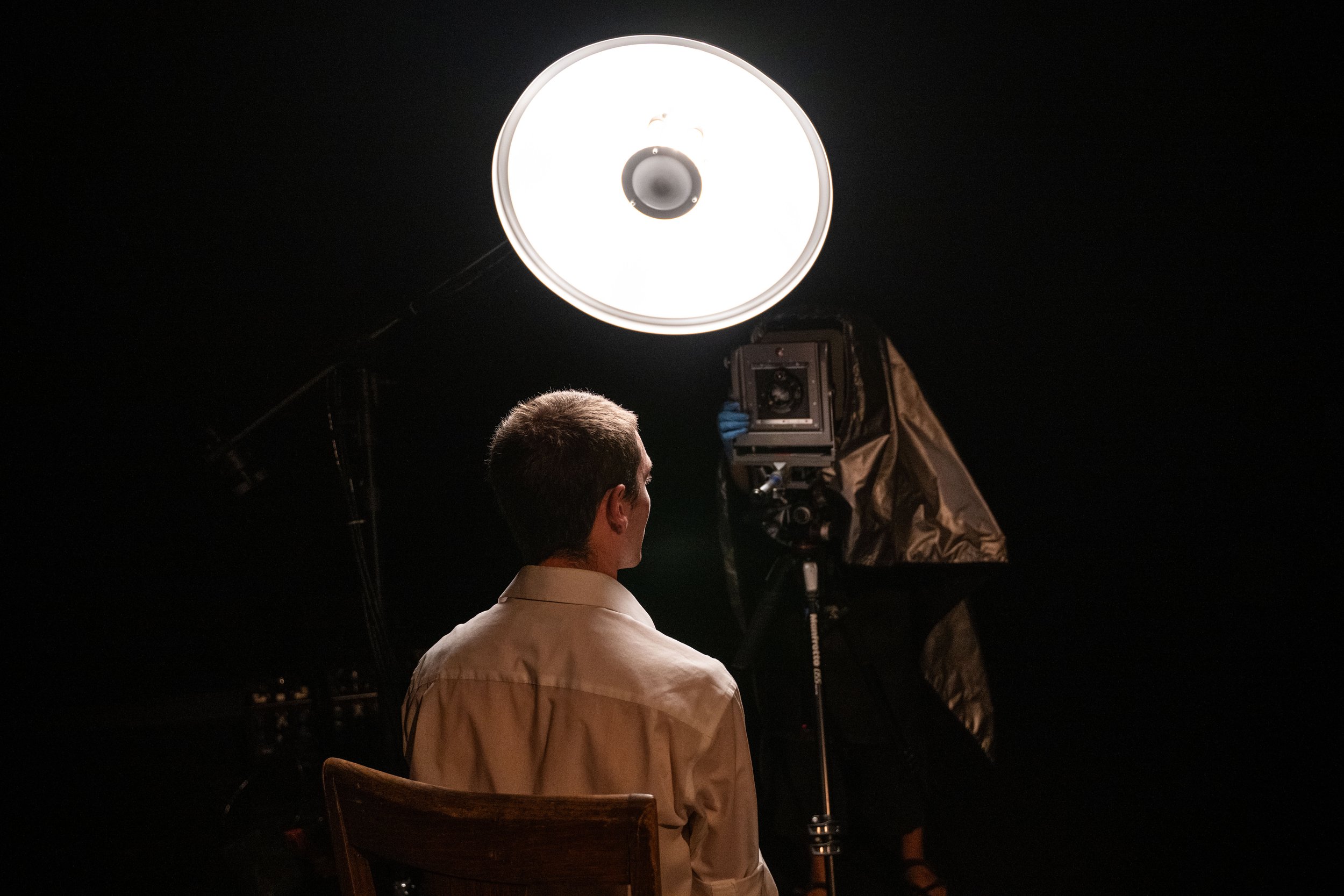
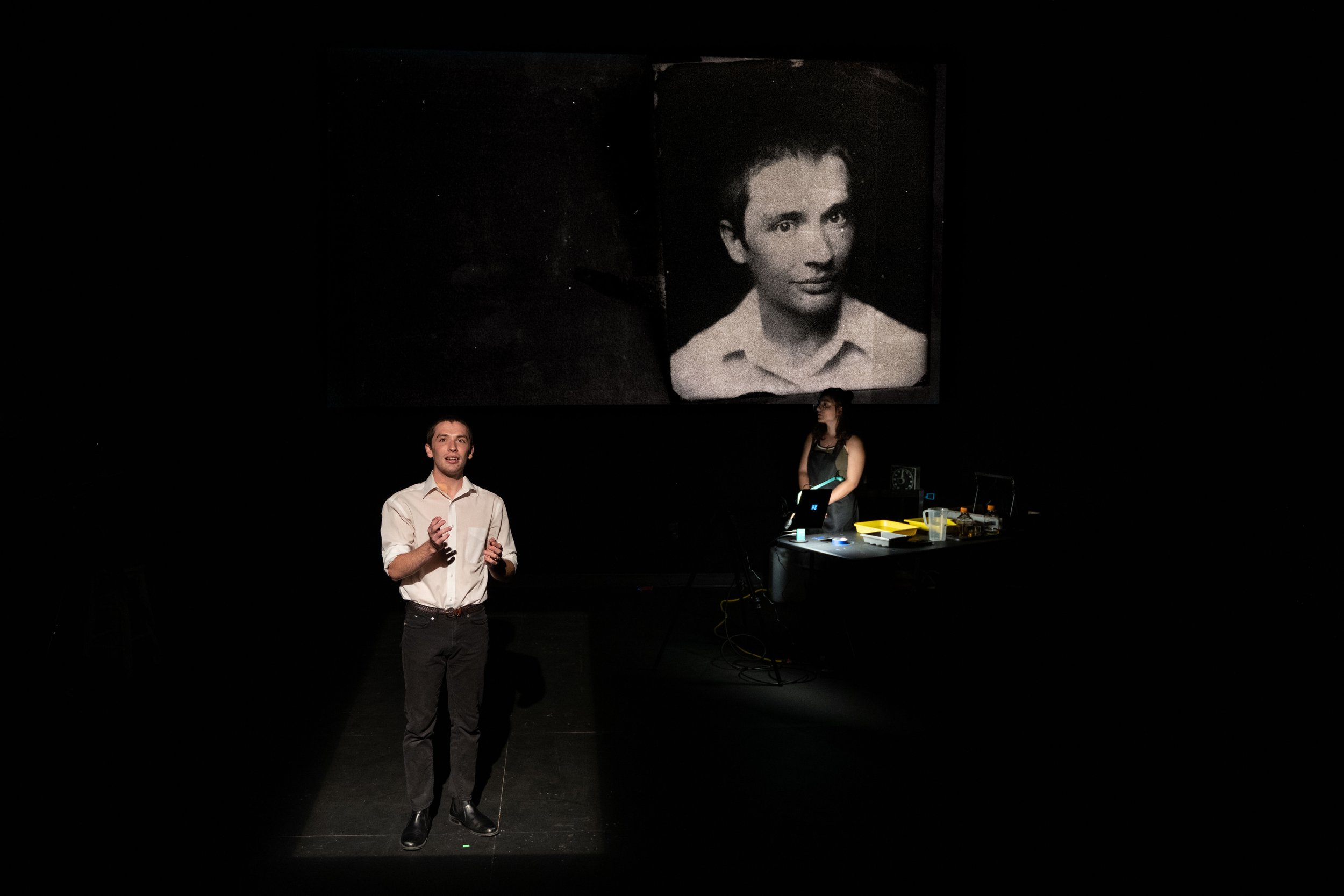
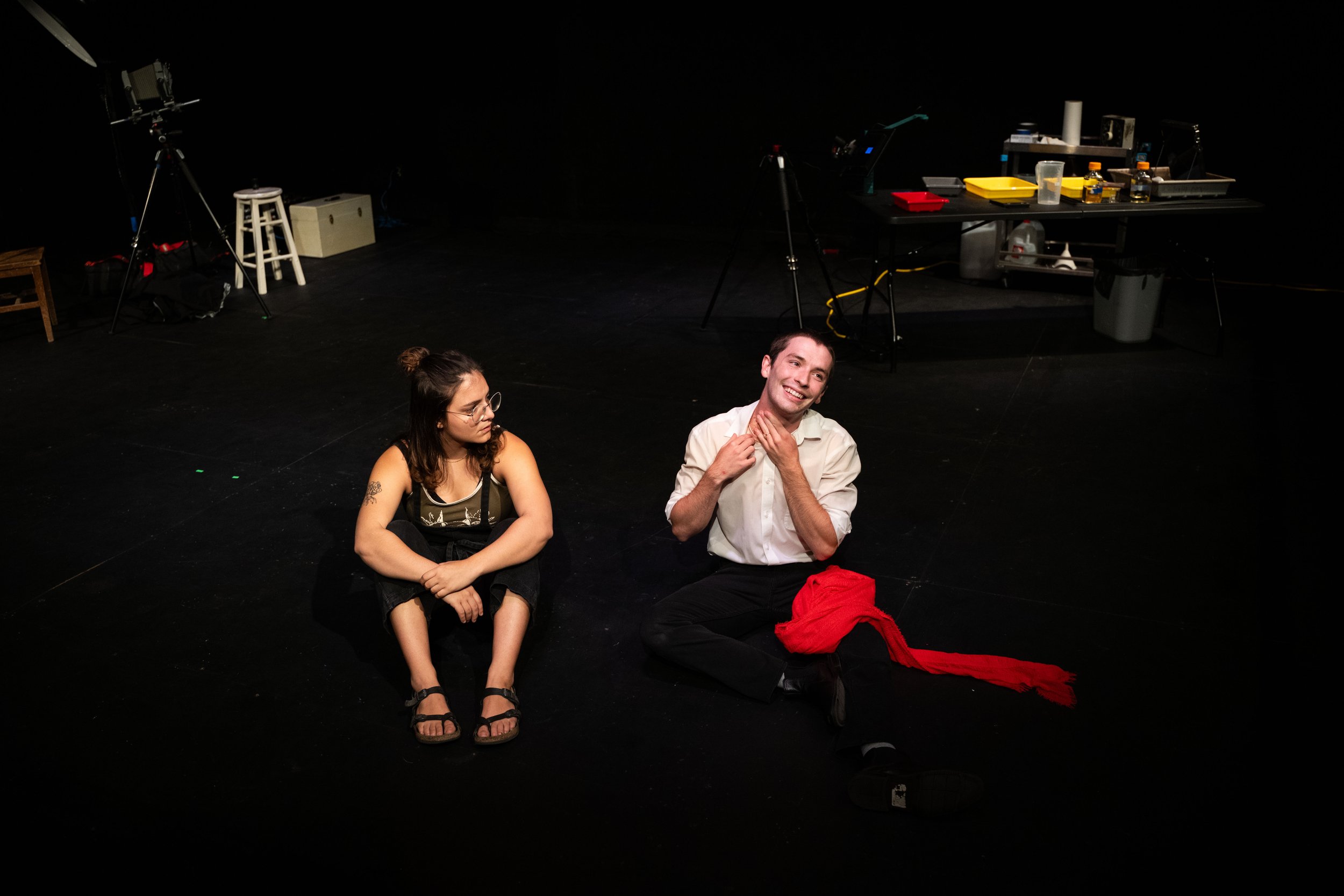
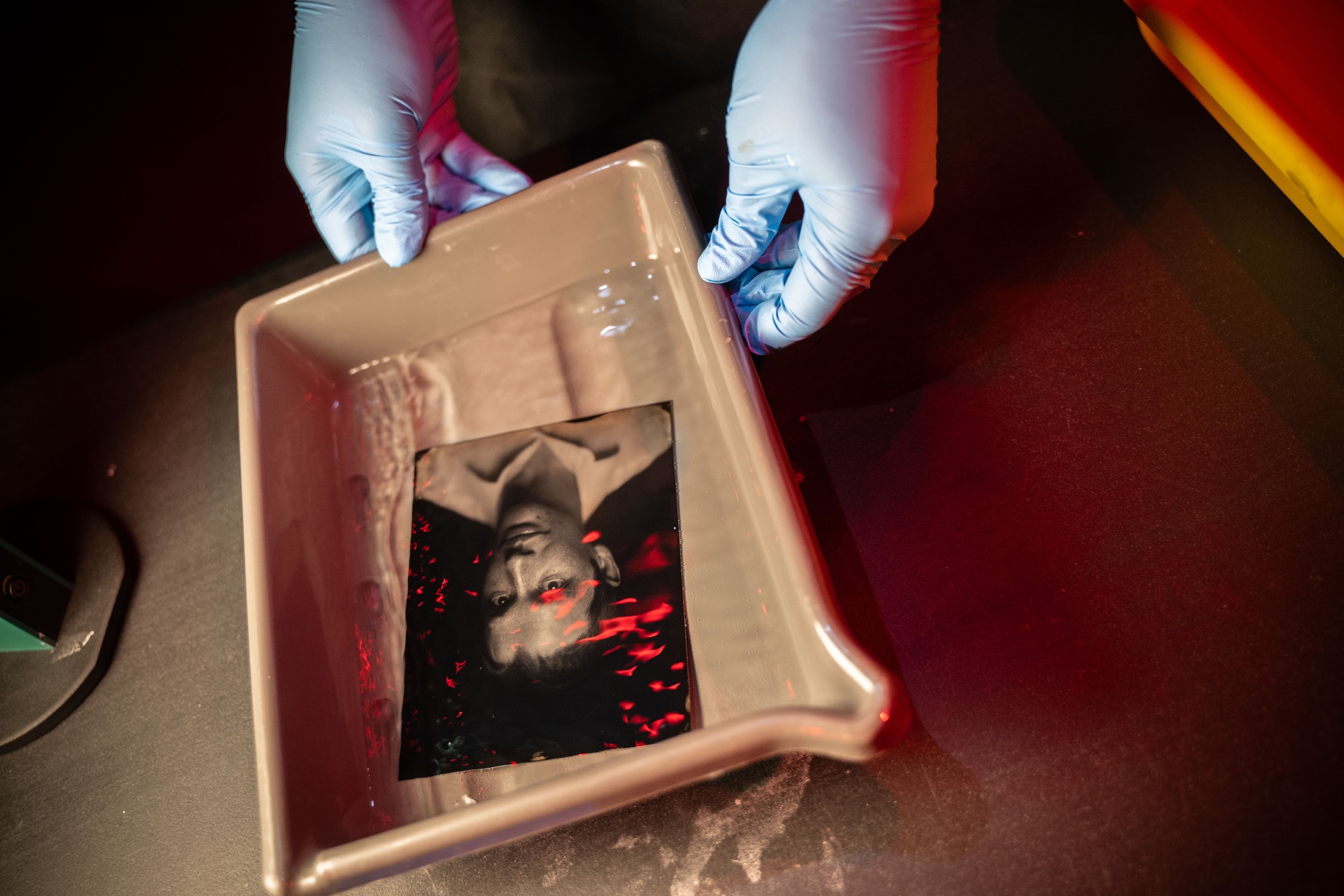
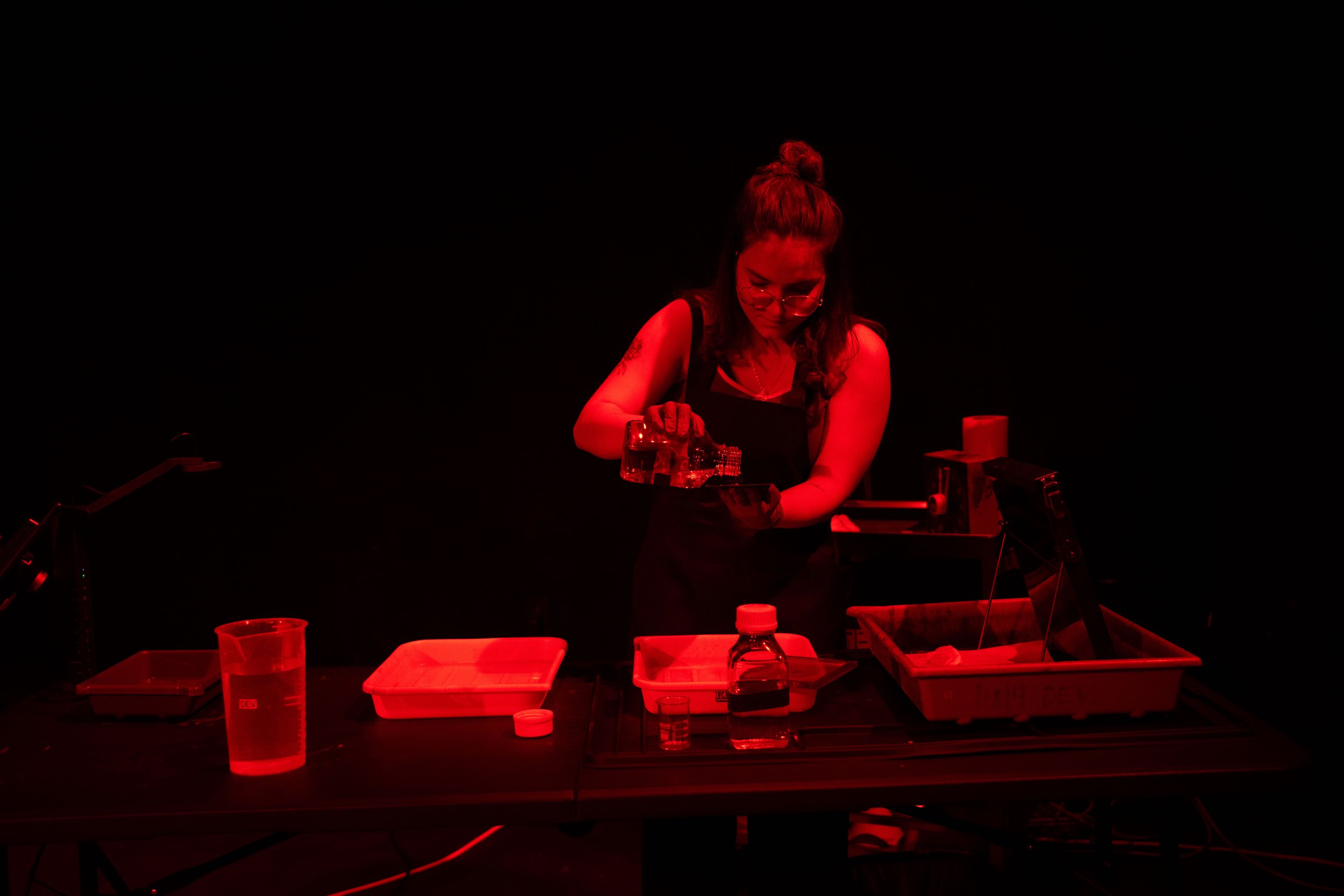
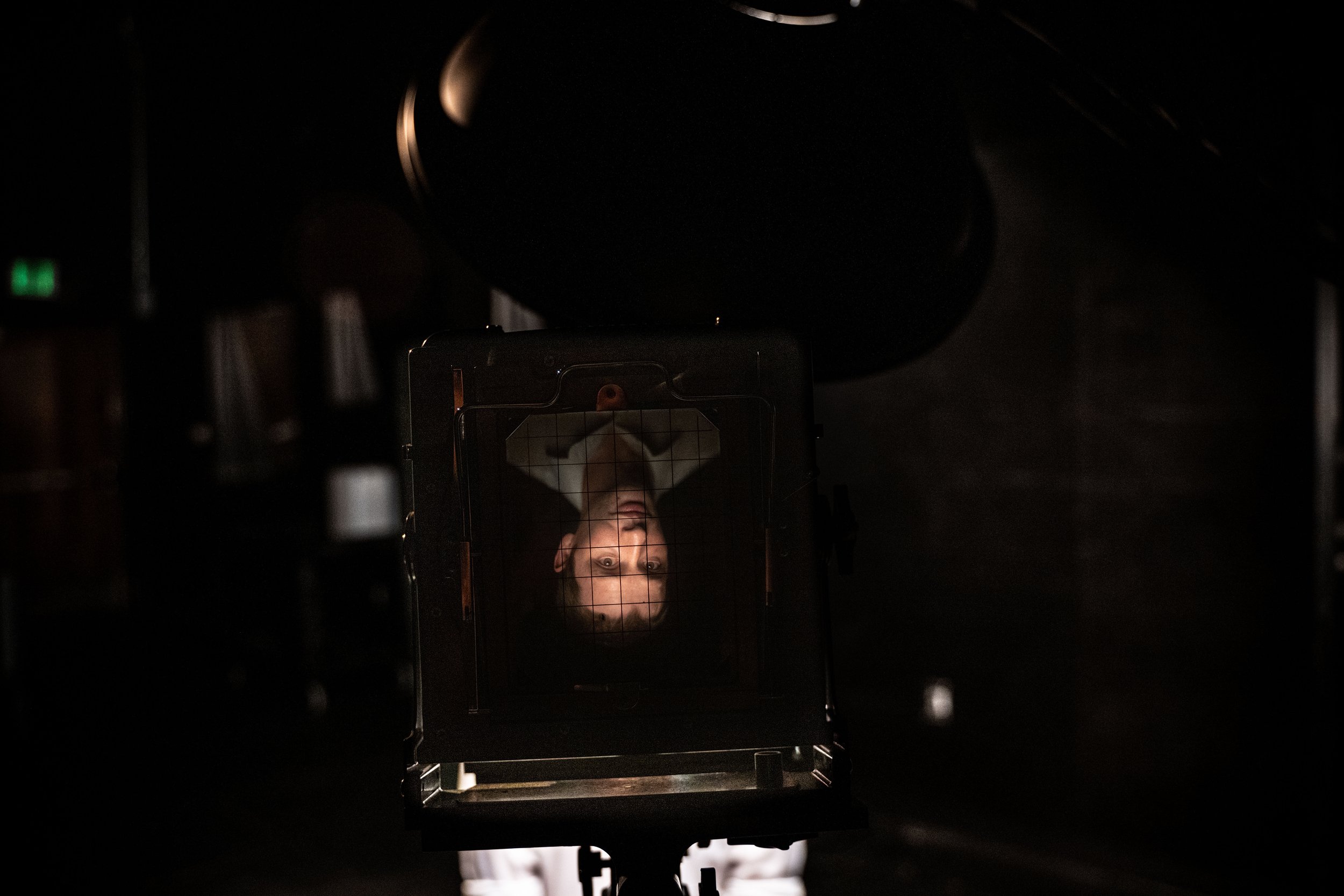
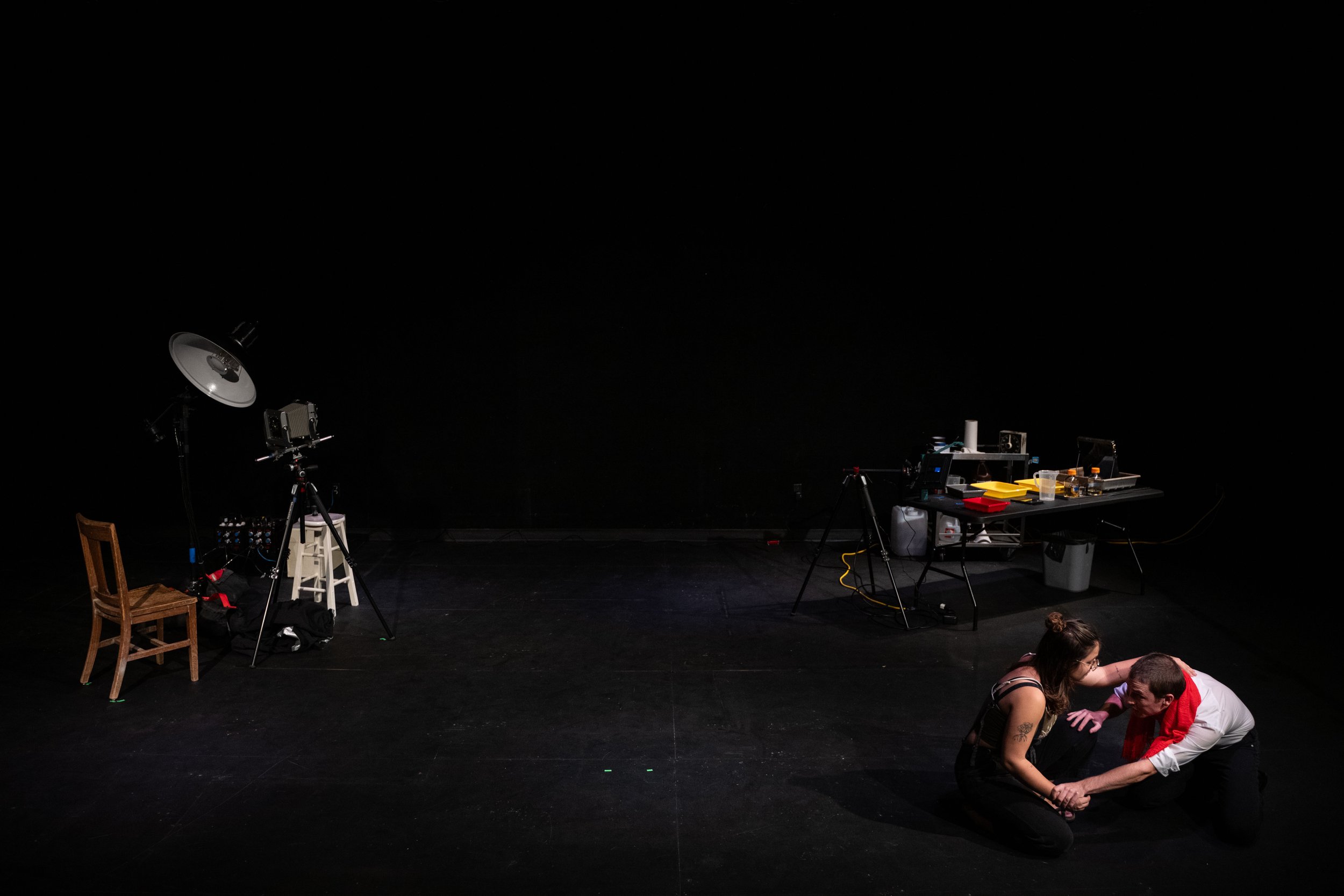
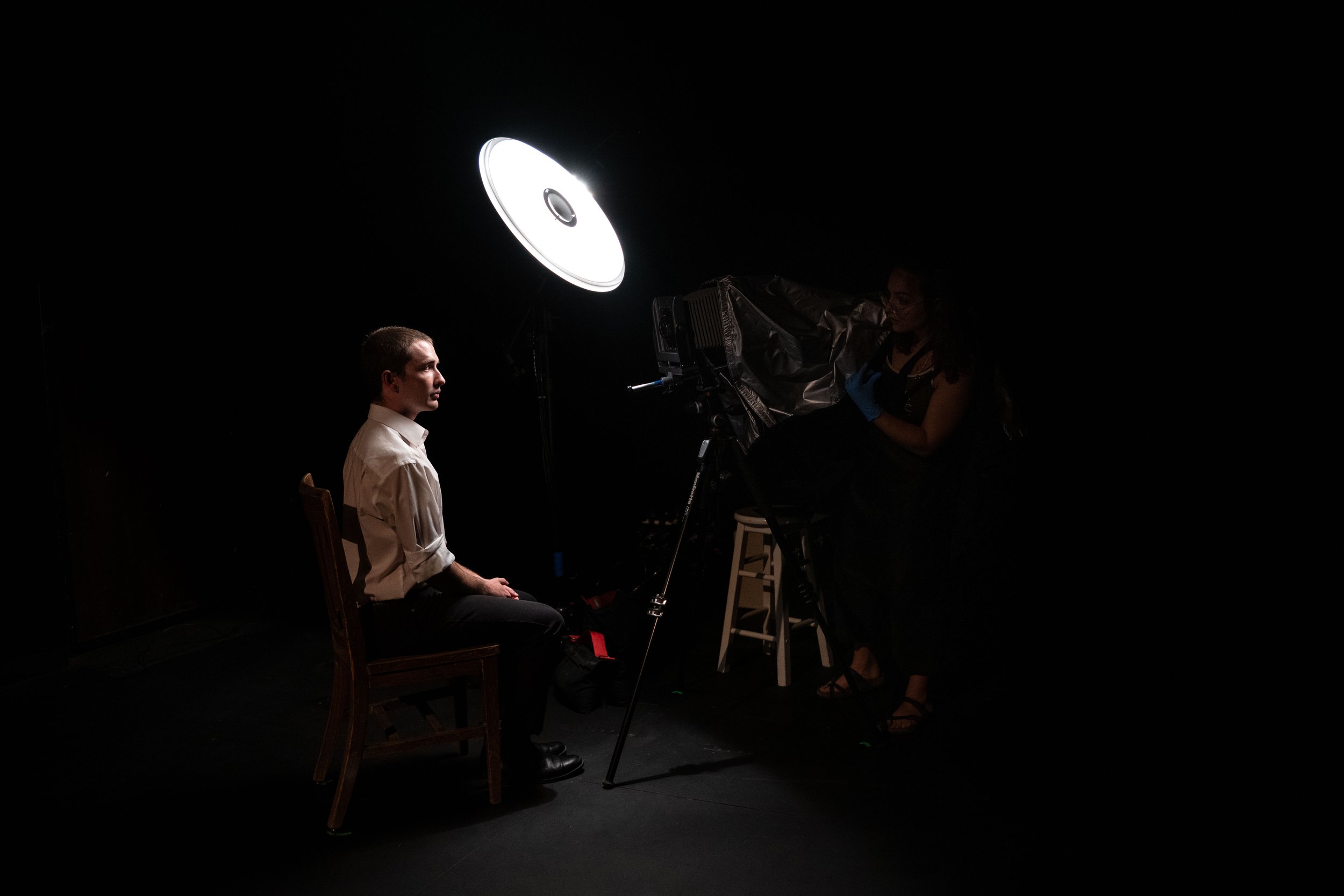
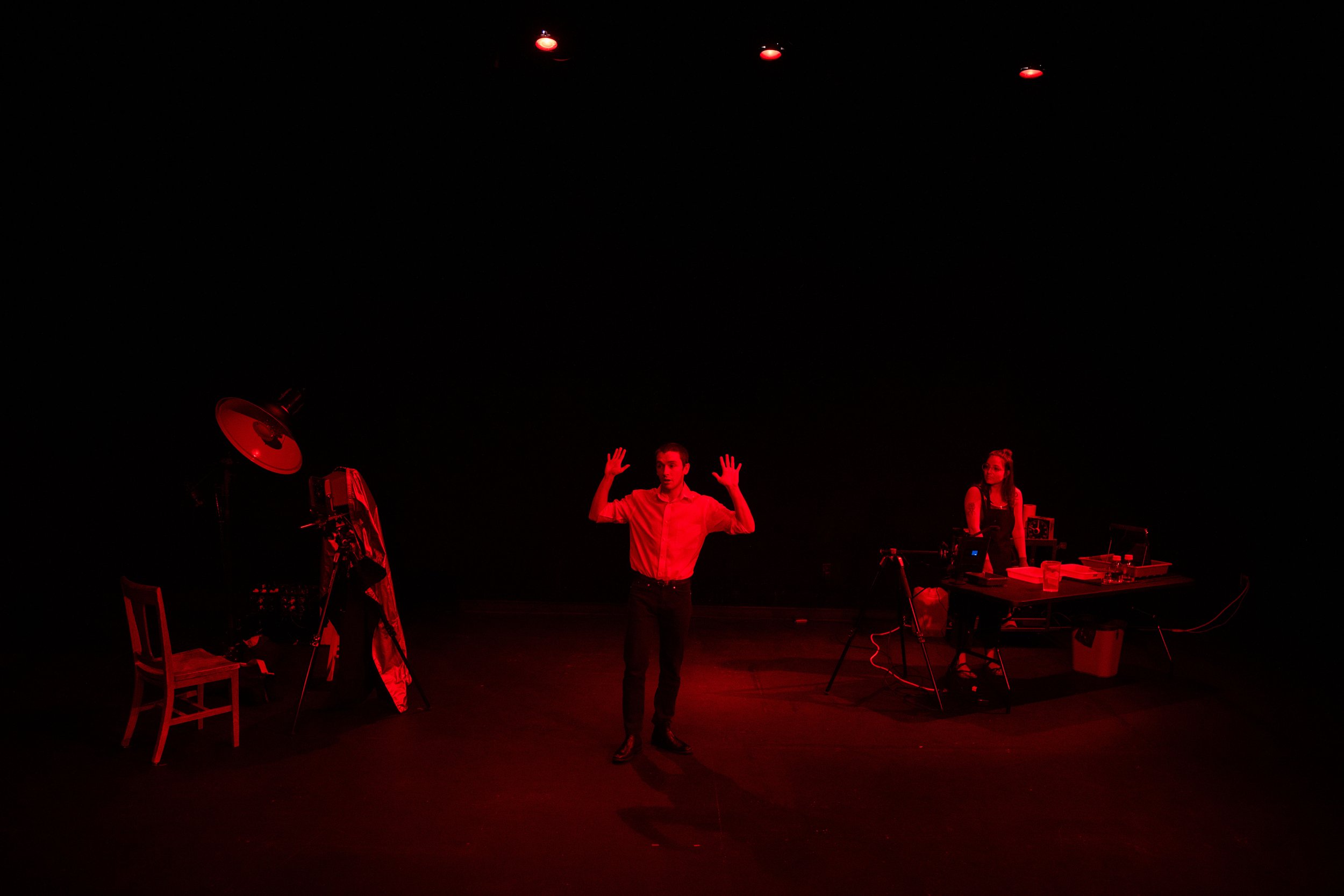
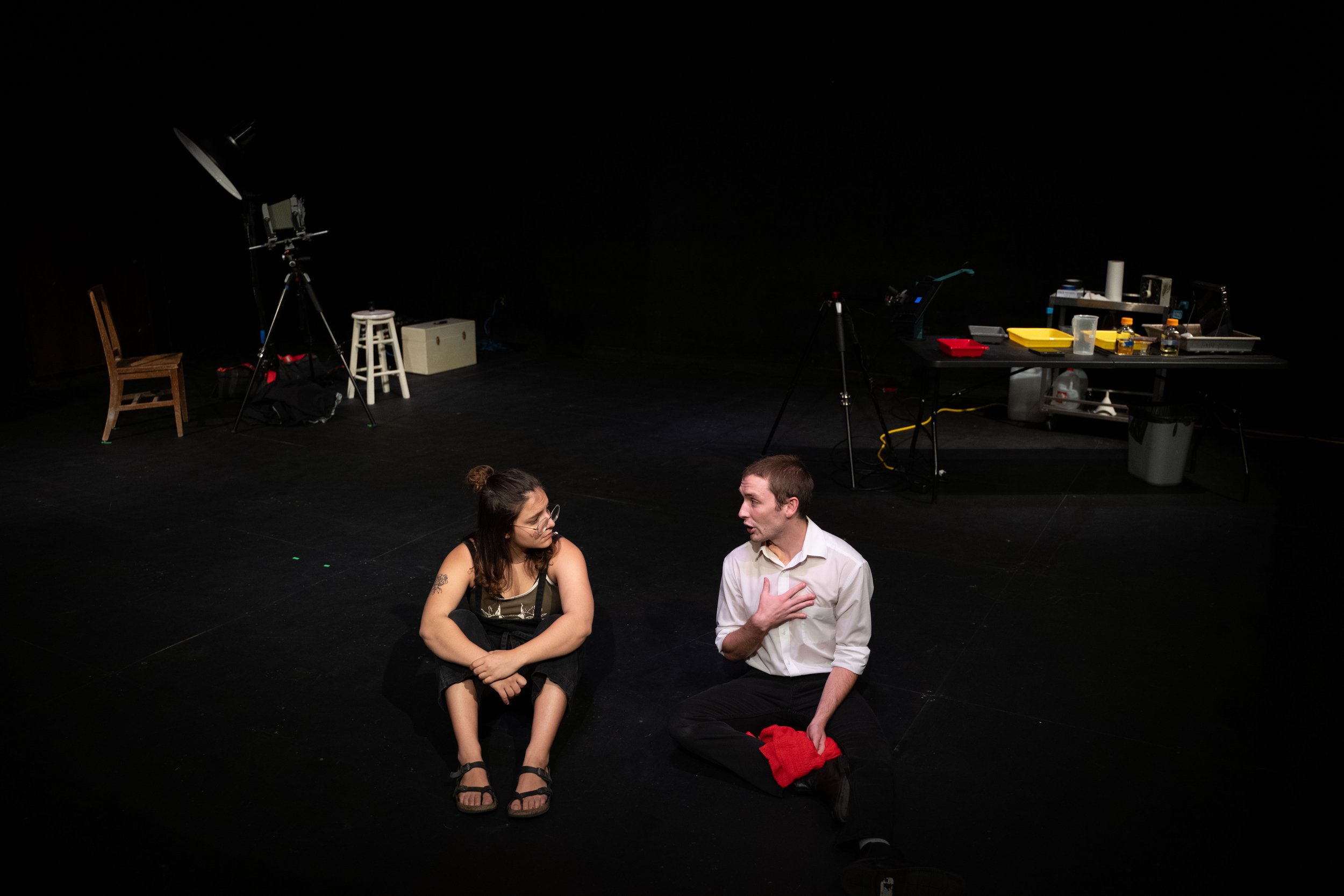
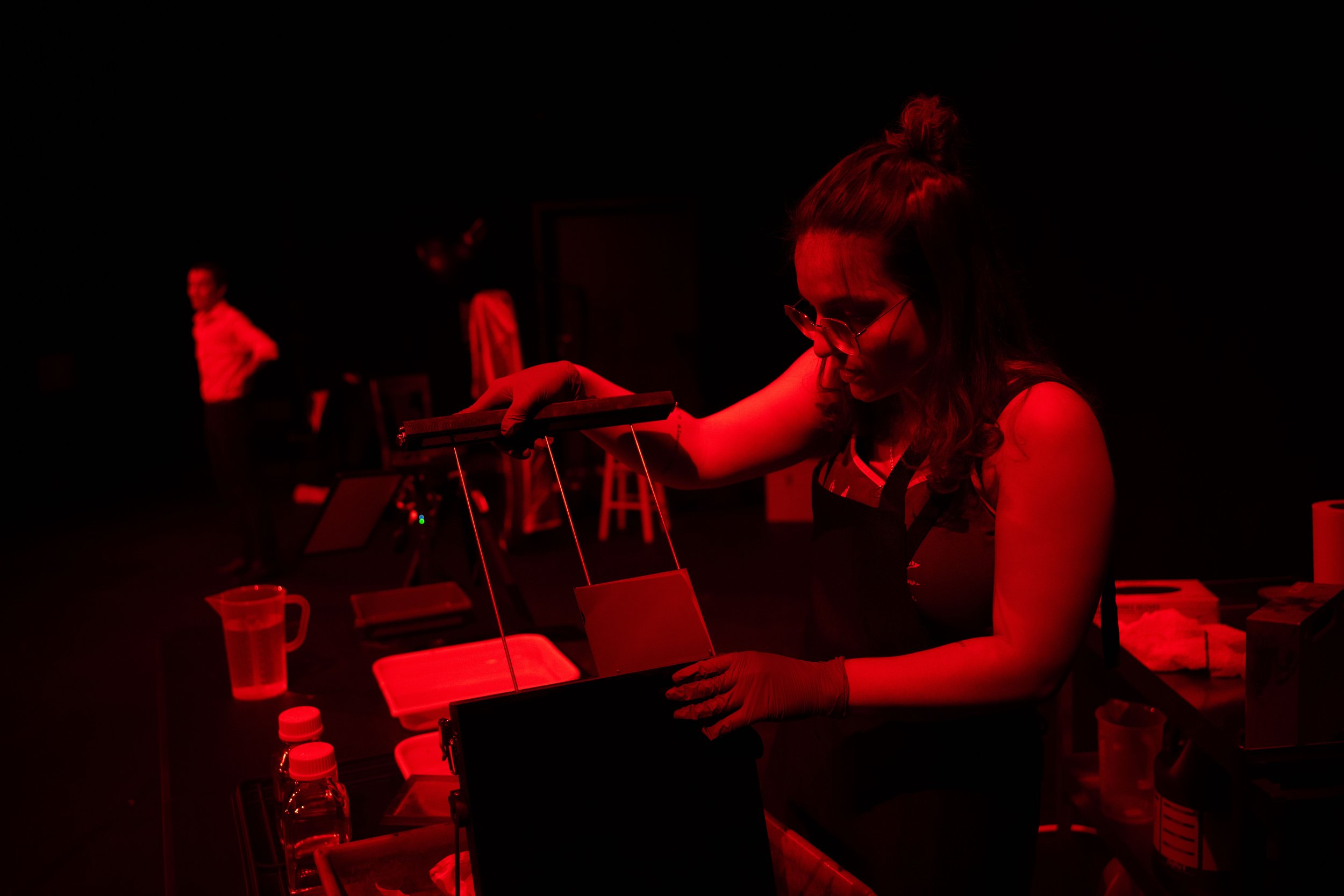
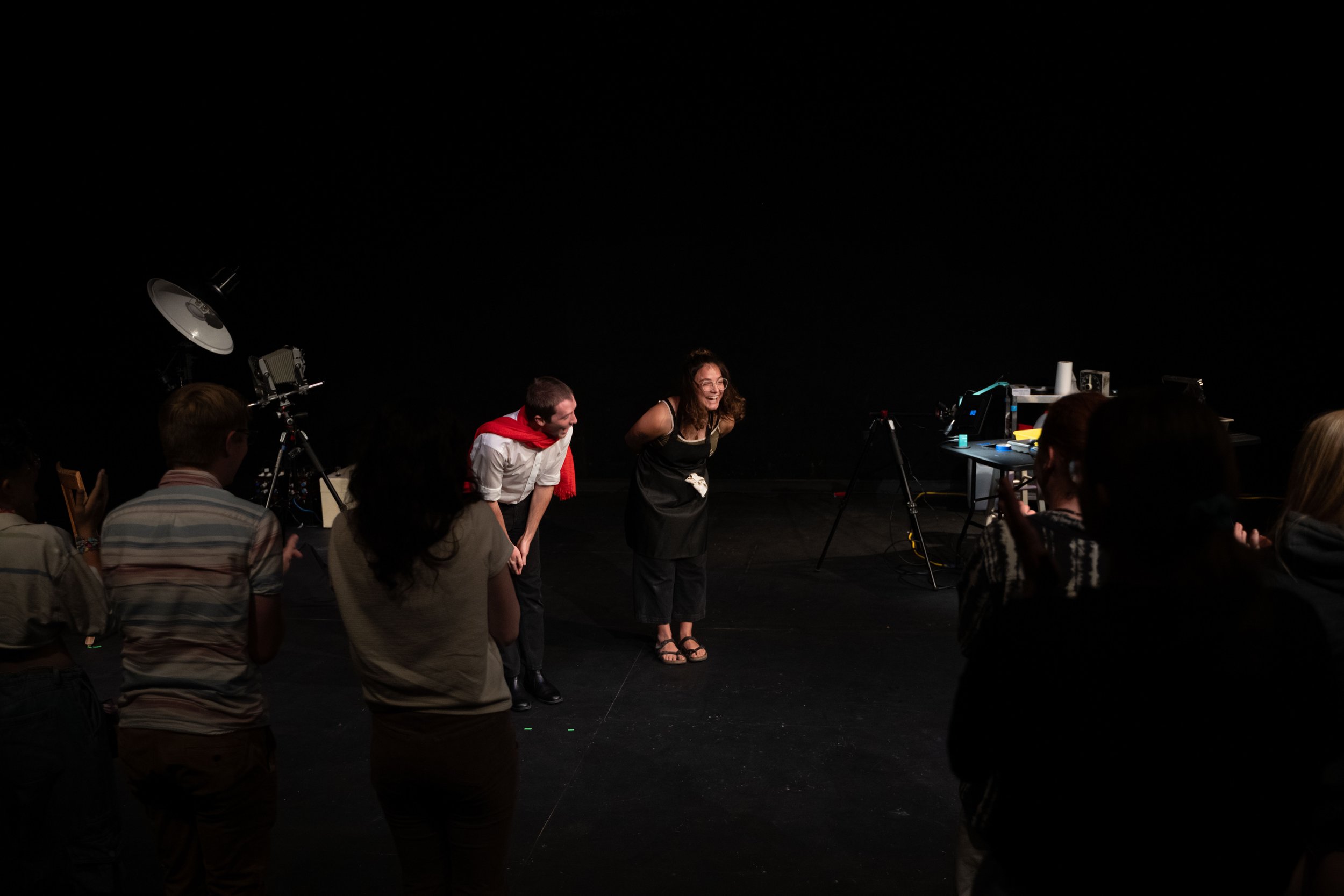
“There is a space between your hand above water and right below the surface. A space where you cross the threshold between gas and liquid.
That in-between... what lives there?”
— Levi Hopkins, from the Script of What Stillness Tells Me
